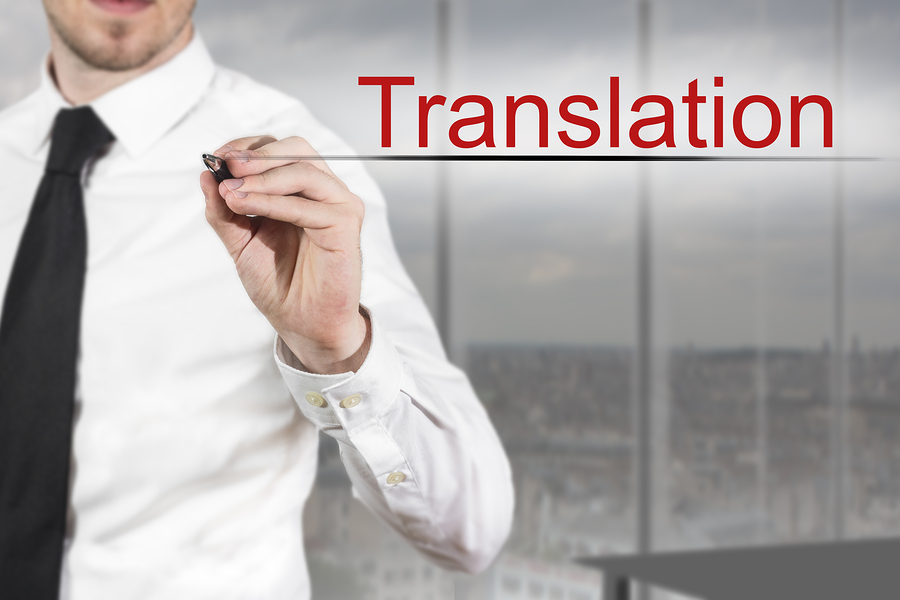As translations become more and more popular for both individuals and businesses, the quality of translations becomes increasingly more and more important too.
There are several methods that can be used to help ensure a translation is correct and even exceed industry standards.
1. Experienced translator
Use an experienced translator for the type of translation. For example, it is always better to use an experienced legal translator for legal documents and an experienced medical translator for medical documents.
2. NAATI translator
If possible use a NAATI accredited translator (in Australia) as he or she would have had to pass an exam to get accreditation as a translator.
3. Use an AUSIT member
All members of AUSIT will be NAATI-accredited and meet the more stringent requirement to qualify as a translator because of their AUSIT membership.
4. Choose a translator who comes from the country you intend to target
He or she will know much more about cultural preferences than a translator sourced in Australia and will know the most appropriate language for the type of document that needs a translation.
5. Quality control
Make sure your translations go through quality control which could mean getting another experienced translator to check through the translation so that any linguistic matters may be discussed and solved before the final translation is submitted. If a translation is formatted for web use or desktop publishing make sure the translations are reviewed in the new setting to ensure no mistakes have been made in reformatting the document.
6. Identify the market you intend to target
Once you have decided on your target language tell your translator which country you will be using the translation as this will affect the type of language used. For example, Spanish in Ecuador isn’t spoken exactly the same way as in Spain. If the translation isn’t adapted it is unlikely to be suitable for your targeted audience.
7. Don’t use machine translations
If you decide that a machine translator is better for you and your budget, you should reconsider this idea as Google Translate, for example, is known for its inaccurate translations. Errors could damage a brand’s reputation and end up being far more expensive than a human translator especially if a lawsuit is filed against you for providing wrong information. It could even be dangerous if it is a medical translation.
8. Select a translation service with a good reputation
Selecting the best translation service in the first place will save you from being given inaccurate translations. Ask the translation service for testimonials from previous clients showing how accurate their translations are.
9. Communicate openly with your chosen translation service
Communicate openly and honestly about the use of your document translation and whether it is a one-off translation or part of a batch.
Tools that aid accuracy
It is of great importance for translators to make use of any tools available to help ensure translation accuracy. Using a spellchecker is necessary in order to spot any misspellings and typos. The translation should be run through the spellchecker after all known errors have been corrected.
Accurate document translations are the key element when trying to reach foreign markets and one of the best ways of doing this is by understanding your targeted audience. Any translation may have different kinds of readers but the targeted audience doesn’t care about how good the translation is but they want to be able to fully understand the message that is being conveyed. The only way you can be sure your translated message is correct is by going through the steps that help to ensure it is accurate.




